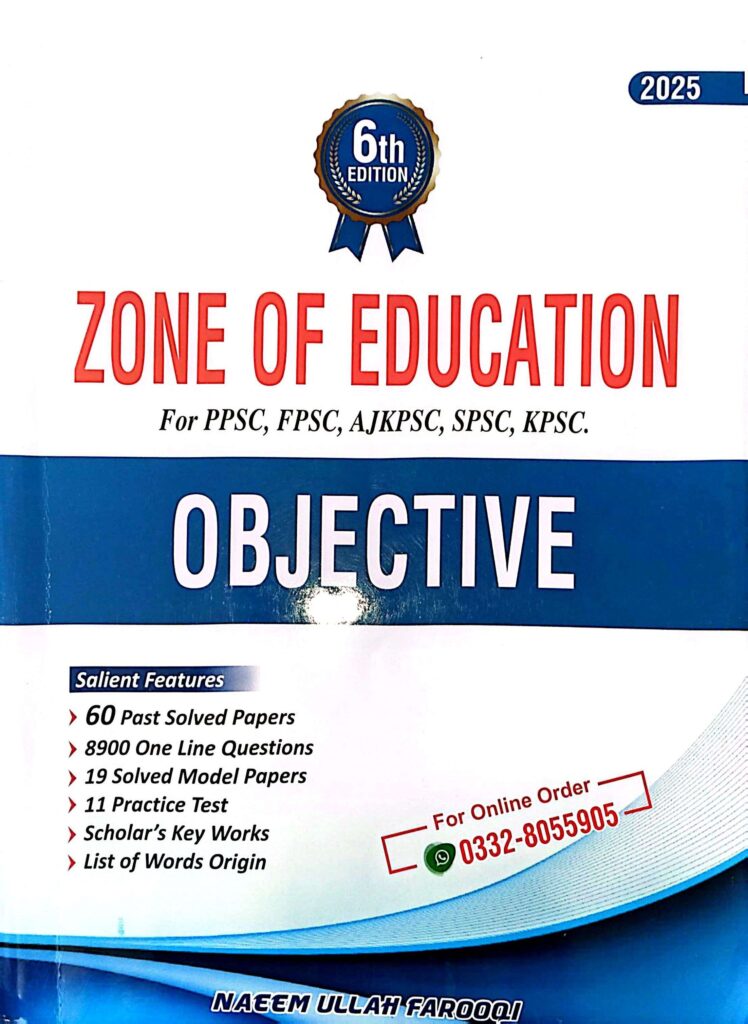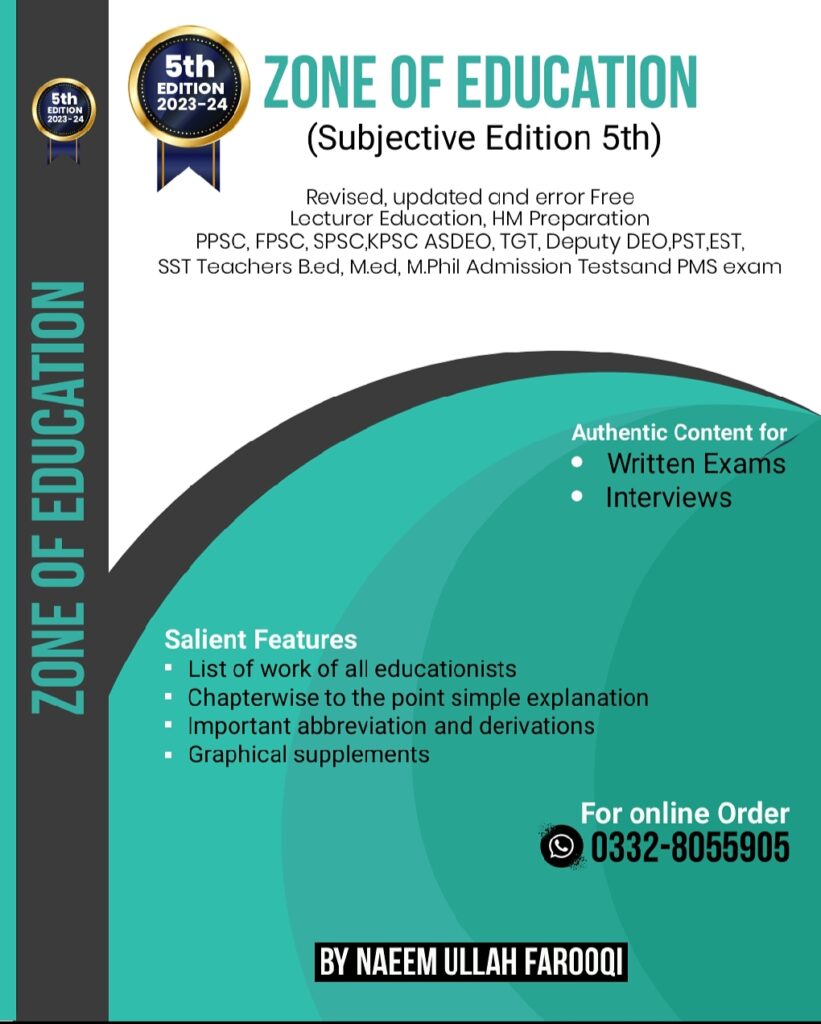Educational Research
MAJOR APPROACHES TO RESEARCH
1. What are the types of Descriptive Research?
o (a) Survey Test
o (b) Questionnaire
o (c) Interview Survey
o (d) All these
2. Who has defined Ex-Post Facto Research by saying that it is a systematic scientific exploration in which the scientist (researcher) does not have direct control on the independent variable?
o (a) Fred Karlinger
o (b) George J. Mouly
o (c) John W. Best
o (d) W.S. Monroe
3. What are the types of Ex-Post Facto Design?
o (a) Criterion Design
o (b) Criterion Group Design
o (c) Both
o (d) Neither
6.What is the difference between Laboratory Experiment and Field Experiment?
o (a) Difference of place
o (b) Difference of samples
o (c) Difference of variables
o (d) All these
7.Which experiments are more popular in Educational Psychology?
o (a) Laboratory Experiments
o (b) Field Experiments
o (c) Field Studies
o (d) Historical Researches
8.Which technique of research is applied in Educational Sociology?
o (a) Laboratory Experiments
o (b) Field Experiments
o (c) Field Studies
o (d) Historical Researches
9.What is the Survey method?
o (a) Laboratory Experiments
o (b) Field Experiments
o (c) Field Studies
o (d) Historical Researches
o
11. what criteria, historical research may be classified?
· (a) Approach
· (b) Subjects
· (c) Techniques
· (d) All
12.It is undesirable on the part of the researcher:
· (a) To present a research report based on the investigator’s own ideas and written in his own words
· (b) Stringing lots of quotations together
· (c) Getting the full meaning out of the author’s ideas and paraphrasing them in his own language.
· (d) Concentrating on written material, eliminating unessential details, singling out important points.
13. Whose is the purpose of Theory building?
· (a) Applied research
· (b) Action research
· (c) Fundamental research
· (d) Survey research
14. If the findings of a research have practical implications for improving educational patterns, it is called:
· (a) Pure research
· (b) Applied research
· (c) Descriptive research
· (d) Experimental research
15. On the spot research aimed at the solution of an immediate problem is called:
· (a) Fundamental research
· (b) Survey research
· (c) Action research
· (d) Pure research
16. The name of Stephen M. Corey is associated with:
· (a) Fundamental research
· (b) Action research
· (c) Applied research
· (d) Sociometric research
17.Research concerned with the derivation of generalizations of broad applicability and only secondarily with any practical value is called:
· (a) Applied research
· (b) Fundamental research
· (c) Action research
· (d) Practical research
19. Which of the following is not relevant to analysis of the research problem?
· (a) Isolating the variables that are involved in the problem and clarifying their relationships
· (b) Accumulating the facts that might be related to the problem
· (c) Attending seminars on research methodology
· (d) Proposing various relevant explanations (hypotheses) for the cause of the difficulty
20. To which aspect are related questioning assumptions underlying the problem?
· (a) Identifying the problem
· (b) Defining the problem
· (c) Analyzing the problem
· (d) Stating the problem
21. What does description of the research problem NOT include?
· (a) Background of the study
· (b) Theories on which it is based
· (c) Assumptions underlying it
· (d) Review of research done
22. What does description of the research problem NOT include?
· (a) Scope of the research
· (b) Definition of terms
· (c) Objectives of research
· (d) Review of research
23. Which of the following is the least helpful to locating and analyzing problems:
· (a) Exploring the literature in an area of interest
· (b) Discussing with the research guide
· (c) Examining everyday experiences
· (d) Critical analysis of the existing theories and practices
25. The correlation between two variables in which the effect of some other variable or variables on their relationship is controlled is called:
· (a) Contingency coefficient of correlation
· (b) Multiple correlation
· (c) Partial correlation
· (d) Product-moment correlation
26. In the notation r123, which subscript stands for the variable to be partialled out?
· (a) 1
· (b) 2
· (c) 3
· (d) 1 and 2 both
30. What does defining the terms, concepts, and variables used in the title of the research problem operationally mean?
· (a) Defining them in such a way that everyone understands them well
· (b) Defining them in the way others have defined them
· (c) Defining them in behavioral terms as they are going to be measured in the study
· (d) Defining them in standard ways as defined in the literature, dictionaries, and encyclopedias
JOIN ZONE OF EDUCATIONPK!
Discover the most comprehensive and reliable pedagogy resources in Pakistan, curated for competitive exam success. Our content covers all competitive exam MCQs, including PPSC, FPSC, AJKPSC, SPSC, and more. Designed to empower learners with top-notch material and insights, trust us for your preparation journey!


